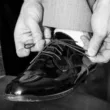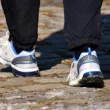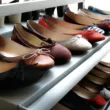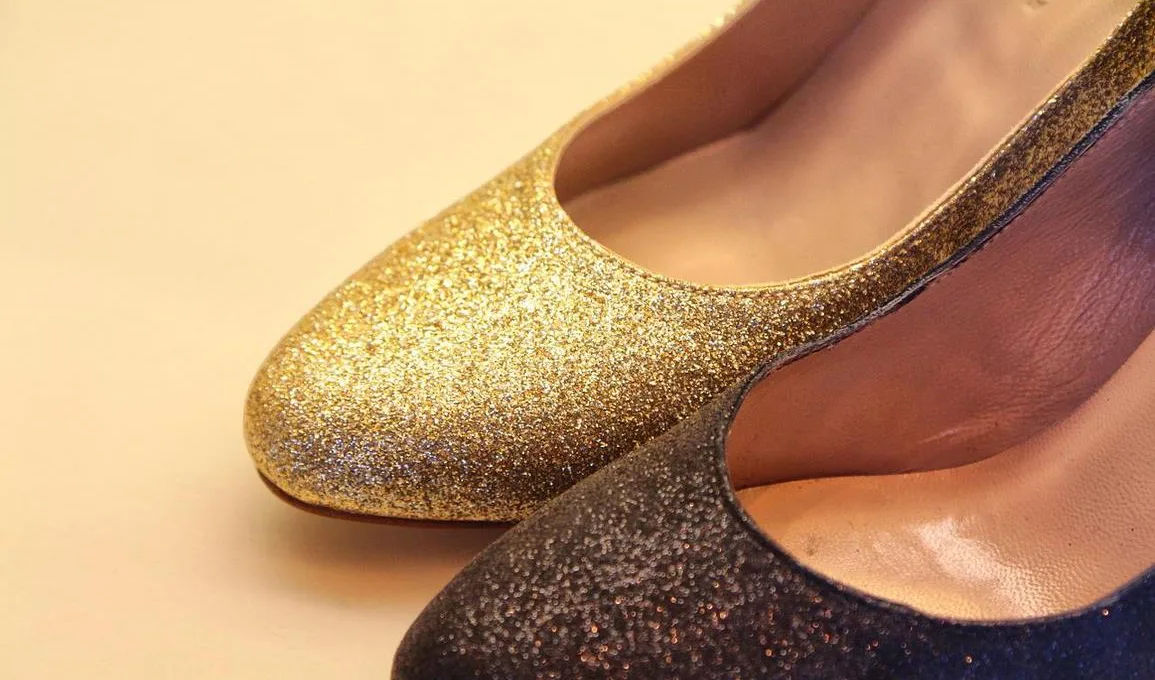Do you want to know how shoes are made? Are you interested in knowing the methods and materials used to produce shoes? If so, you’ve come to the right place. Here’s a step-by-step guide to the production of a pair of shoes. You’ll learn what the different materials and methods are, and discover the tools that are used to make a pair of shoes. You’ll also learn about the different stages in the production process, including the countless steps that go into making a shoe.
Process of making a shoe
This book shows you the entire process of making a shoe, from raw materials to finished shoes. The first step is constructing the upper. Then, the outsole is formed and stitched to the upper. In some cases, a stiffening agent is added to the toe box and heel to make the shoe stiff. After the upper and insole are finished, the shoe is lasted. This process uses a plastic, metal, or wood foot form to give the shoe its final shape. The last is used to make sure that the shoe’s shape is consistent from one shoe to the next.
After this, manufacturers cut out the shape of the upper fabric using a stencil or a piece of cardboard. After that, they decide on the type of construction they will use to work around the last. There are two main methods used to construct a shoe last: board last construction and slip last construction. Board last construction was common in the early days of shoe making, and it required manufacturers to stitch a stiff heel-to-toe “board” to the bottom of the last. They then sew the uppers onto the board. Board last construction had the advantage of creating a thick underfoot feel, but was not widely used in later years.
Materials used
The materials used in making shoes come in many different forms. For example, leather is traditionally made from natural materials like wood or horn. Synthetic materials, on the other hand, are made from man-made composites and include an external surface bonded to a polyester fiber backing. They provide great support and are available in a variety of textures and colors. Moreover, they are lightweight and don’t cause allergic reactions.
Another type of material used in making shoes is canvas. This material is usually used for the upper part and has a rubber bottom. This material is popular because it is cheap and is easily washable. However, it does not retain its shape over time. It also has a tendency to wrinkle and is not as comfortable as leather. However, this material has many advantages, including being eco-friendly and being easy to clean.
Methods
There are different steps involved in making shoes. The first step is to sketch out the shoe’s design. After that, you can create technical drawings, choose materials, and cut out details of the shoe. The next step is to assemble the shoes using different methods. Some people sketch out their shoes by hand, while others use software. Once you’ve created your design, the next step is to fit the parts together and test it to ensure it fits correctly.
The next steps in making shoes include shaping and heeling. This step includes attaching the bottom heel to the upper and shaping the heel into its final form. The last step involves applying finishing touches. You’ll also add necessary accessories and sew on laces. This process can take several days. Nevertheless, it’s well worth the effort. The steps below will help you make the best shoe possible. If you follow these steps carefully, you’ll be on your way to creating a comfortable pair of shoes.
Tools
Before you start making your first pair of shoes, you’ll need to know the basic tools for shoemaking. While there are many specialized tools available for professional leatherworkers, you don’t need all of them for a beginner. The following list will give you an overview of what you need. All the basic tools will get you started on the path to making your own shoes. Listed below are the tools that you should have on hand for your first pair of shoes.
A craft knife or utility knife is a basic shoemaking tool that is used during almost every step of the process. You can also use pliers to pull the upper leather over the insole. The pliers have a handy knob on the end to drive nails into the leather. The hammer is a good tool to have around because it won’t leave marks on the leather. Another essential tool is a leather hammer.
Sizes
The size system for shoes has been around for centuries, and although many countries now use metric systems, two major systems still use old calculations. These systems are both widely used, but they differ slightly in how they measure different parts of the body. For example, a woman’s size 5 in the UK is the same as a man’s size 10 in the US. Another method is called the “Paris point”, which is a half-centimetre less than a full size. This system is used in continental Europe and in former USSR countries.
Most manufacturers follow this system, but not all. Many shoemakers make a shoe that is too small or too large for the foot. They use a device called a “Brannock device” to measure your feet. Despite this method being widely used, the vast majority of manufacturers don’t use the Brannock Device. Therefore, it’s important to know that there is no universal size for all shoes.
Cost
The first place to start when estimating the cost of shoes is the design phase. It is the most expensive stage for brands because this is the stage in which initial drawings are translated into a functional product. However, this does not include the costs of getting to market. Adidas, for example, ships the majority of its products from independent factories to major markets in the Western world. They are responsible for paying some of these costs in transactions, which they can’t charge consumers for.
The cost of materials will vary depending on the style of shoe and the number of pairs it is made of. Purchasing materials in bulk and streamlining the manufacturing process will also reduce costs. A typical pair of shoes costs PS15. You can also make more than one pair of shoes with a shoemaking video lesson. Ultimately, the cost of a pair of shoes will be determined by how many pairs you sell. If you are selling luxury sneakers, you should expect to pay much more than mass-produced ones.
Podobne tematy




